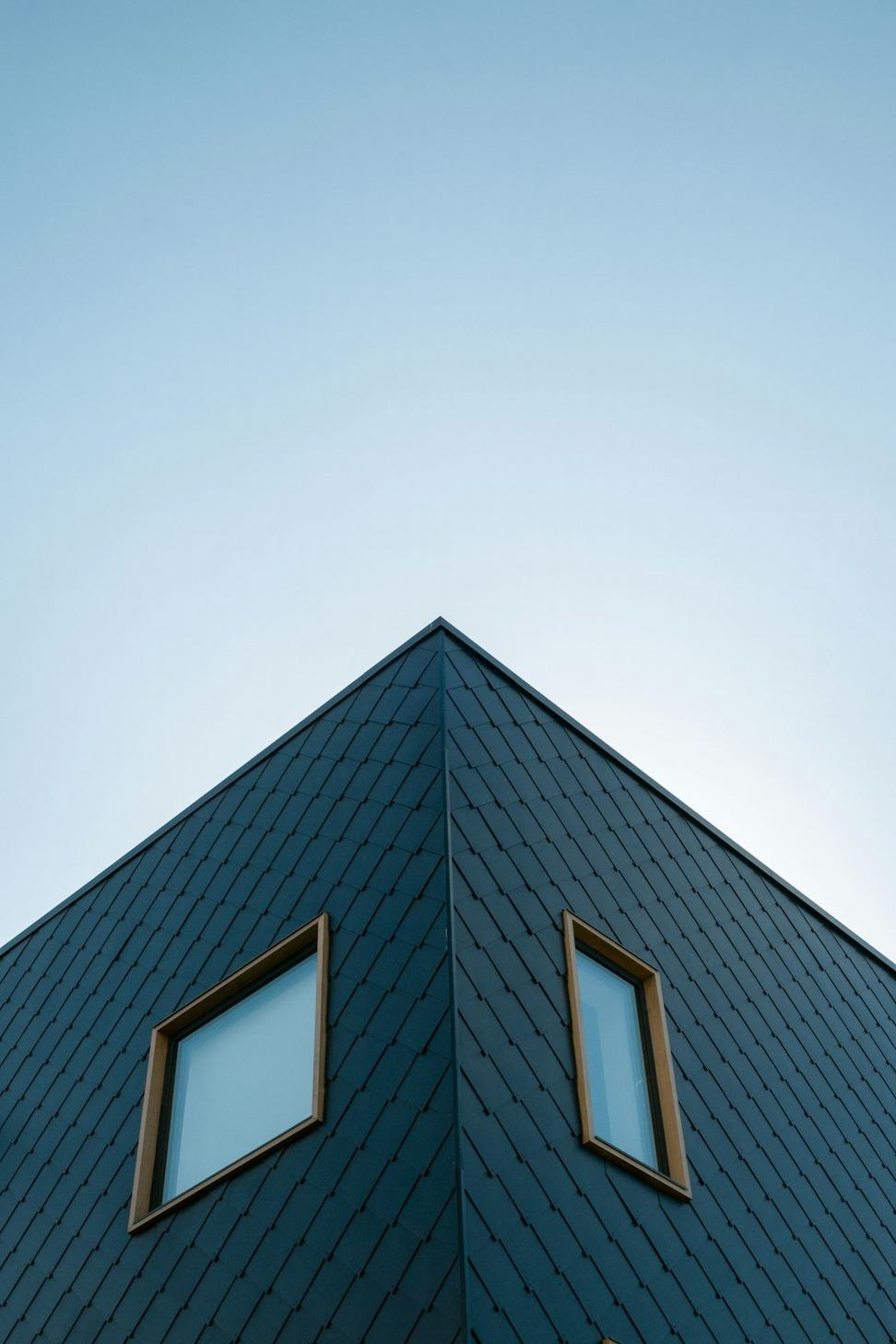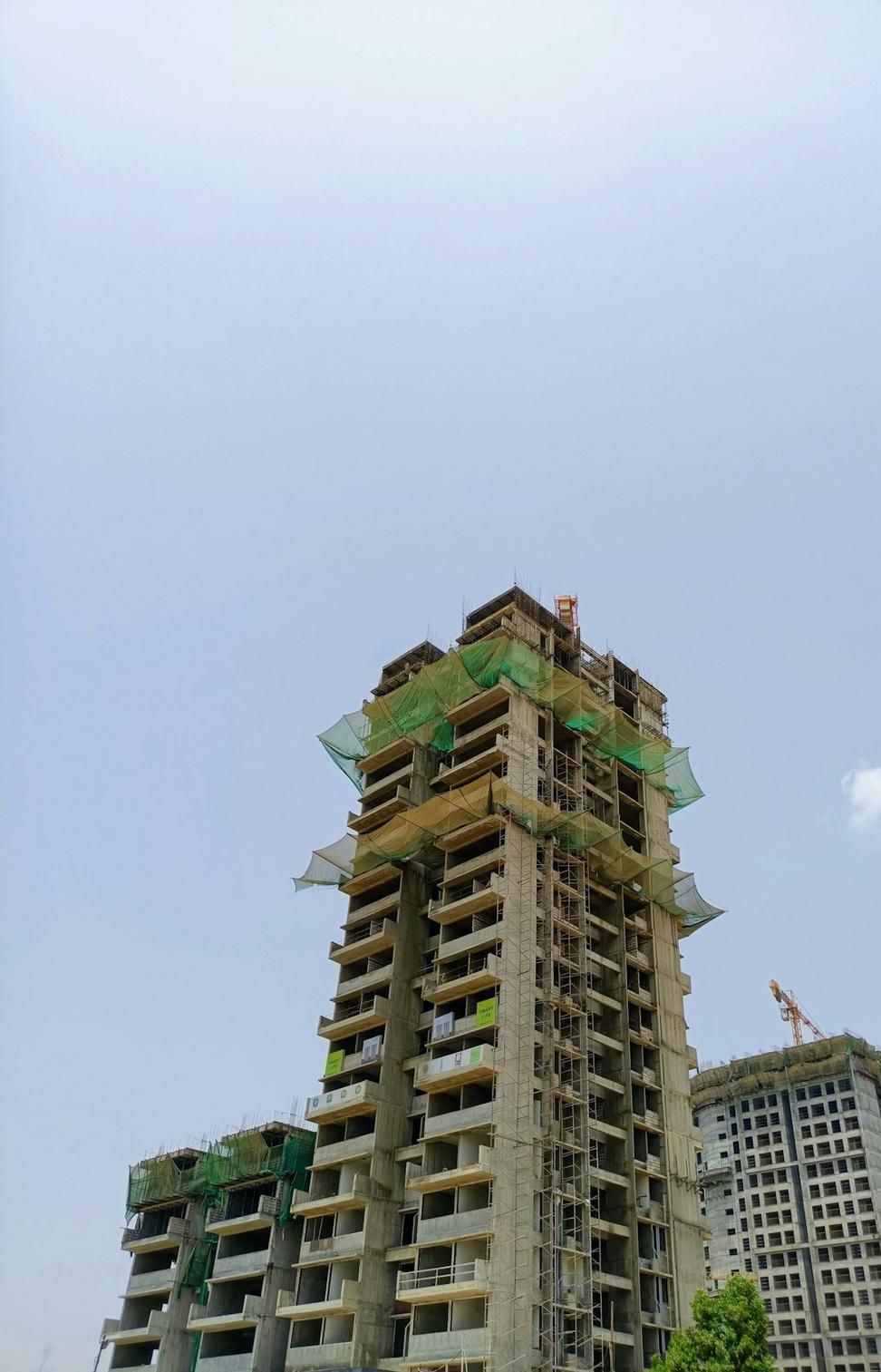Our Impact So Far
These aren't projections or estimates - this is what we've actually achieved across our completed projects since 2018. We track everything obsessively because if you can't measure it, you can't improve it.
Energy Reduction
62%Water Conservation
48%Recycled Materials
71%Carbon Offset
3,240 tons
Why This Matters To Us
I'll be honest - when we started back in 2015, sustainability was more of a checkbox item for clients. But after working on a project in Squamish where the client's energy bills were basically nothing compared to their neighbors? That changed everything for us.
We realized sustainable design isn't just about saving the planet (though that's huge). It's about creating buildings that actually work better, cost less to operate, and make people feel good when they're inside them. Natural light, proper ventilation, materials that don't off-gas weird chemicals - turns out that's just better design, period.
Now it's not something we offer as an add-on. It's baked into everything we do. Can't imagine working any other way anymore.
